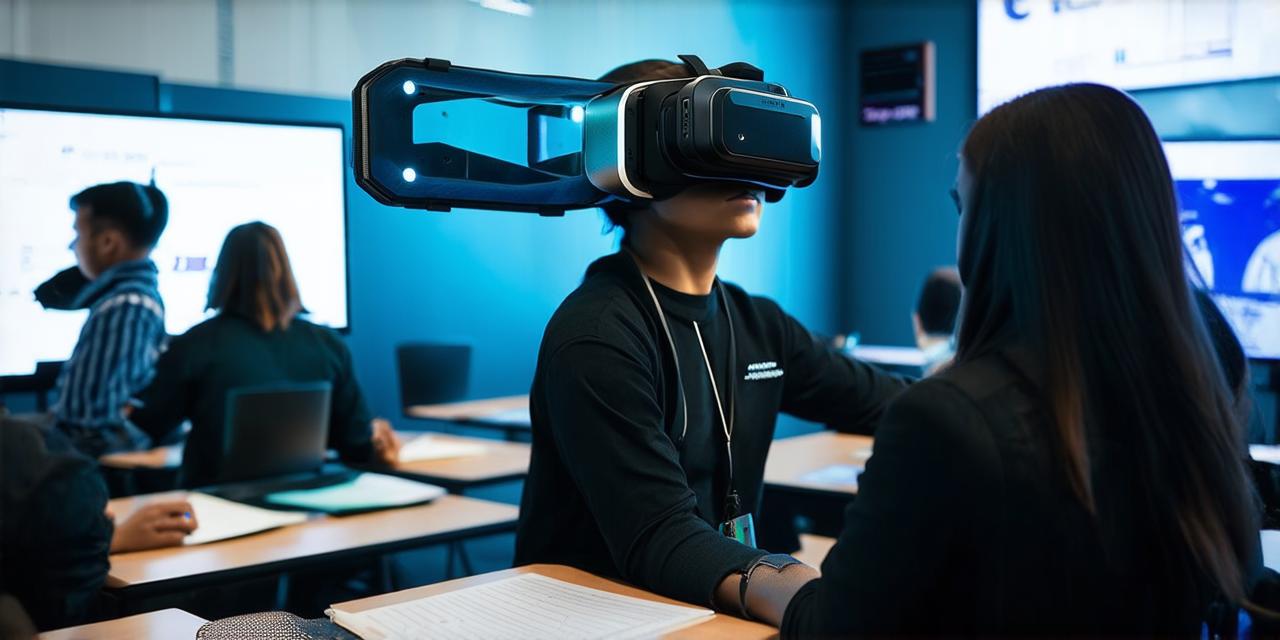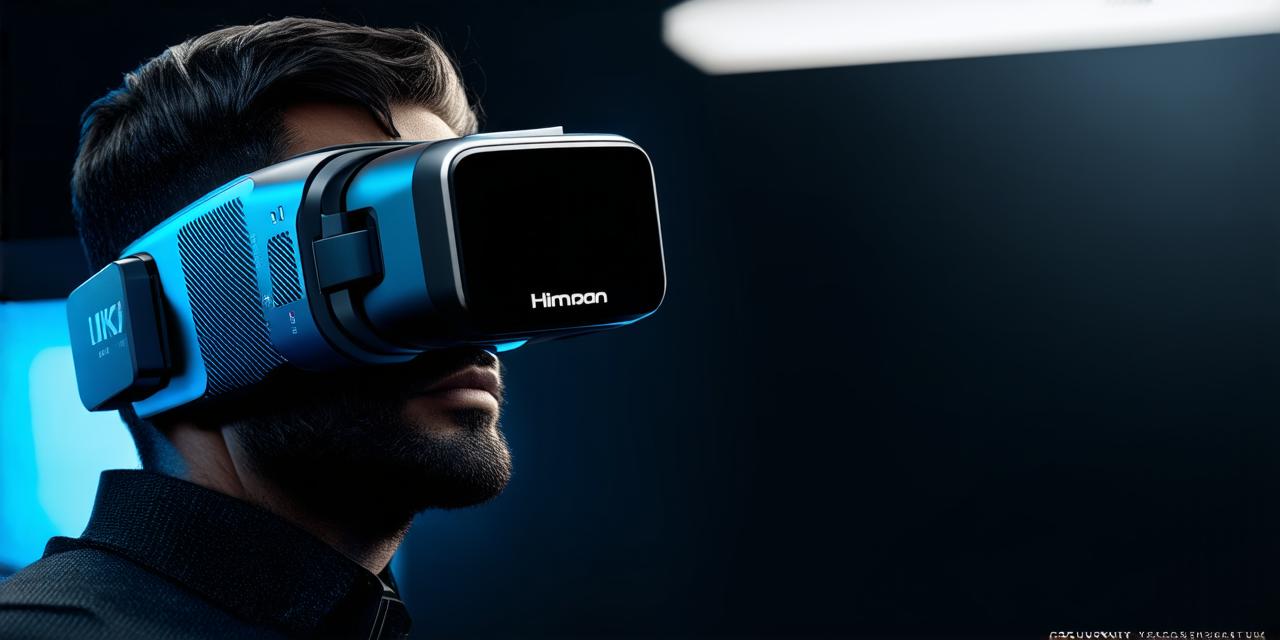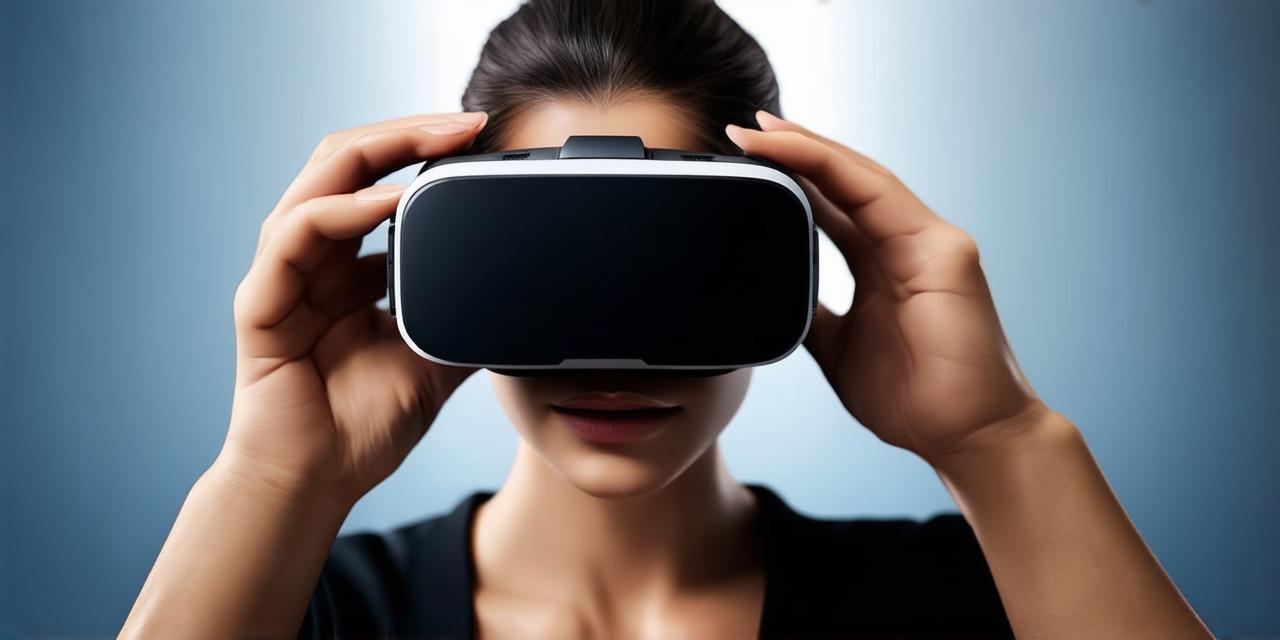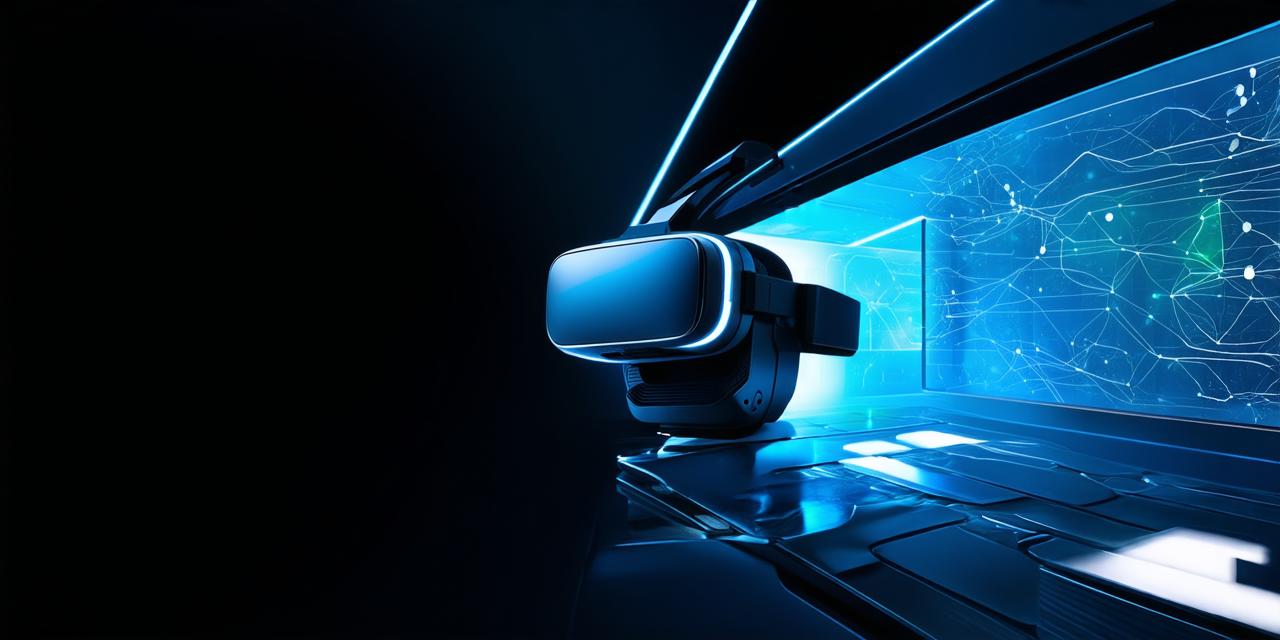Virtual reality (VR) is a rapidly growing technology that has the potential to revolutionize education. From immersive simulations to interactive learning experiences, VR provides students with an engaging and effective way to learn and retain information.
The Power of Virtual Reality in Education: A Review of the Research
Virtual reality has been shown to have numerous benefits for students of all ages. Here are just a few key findings from recent studies:
- Improved Engagement and Retention
Studies have consistently found that students who use virtual reality in the classroom are more engaged and retain information better than those who do not. This is likely due to the fact that VR creates an immersive and interactive learning environment that captures students’ attention and stimulates their curiosity.
Enhanced Visualization and Understanding
Virtual reality allows students to visualize complex concepts and ideas in a way that is difficult or impossible with traditional teaching methods. By experiencing these concepts in a 3D environment, students can gain a deeper understanding of the material and develop a better appreciation for its relevance and importance.
Increased Safety and Accessibility
Virtual reality provides a safe and controlled environment for students to practice skills and explore new ideas without the risk of injury or harm. This is particularly useful in fields like medicine, where students can simulate procedures and experiments that would otherwise be dangerous or difficult to replicate in real life.
Personalized Learning Experiences
Virtual reality allows for personalized learning experiences that are tailored to each student’s individual needs and learning style. By providing customized content and feedback, VR can help students learn at their own pace and in a way that is best suited to their unique strengths and weaknesses.
Real-Life Examples of Virtual Reality in Education: Lessons from the Field
There are already many examples of virtual reality being used effectively in education. Here are just a few real-life case studies that illustrate the potential of VR in teaching:
- Medical Training
Virtual reality is increasingly being used to train medical students and professionals in a variety of procedures and techniques. By simulating surgeries, diagnoses, and other medical scenarios, VR provides a safe and controlled environment for doctors and nurses to practice their skills and develop their confidence. This can lead to better patient outcomes and reduced risks associated with medical procedures.
History and Cultural Learning
Virtual reality is also being used to bring history and culture to life in a way that is engaging and immersive. For example, students can virtually walk through ancient Egyptian tombs or explore the sights and sounds of medieval Europe. By experiencing these historical and cultural events firsthand, students can gain a deeper appreciation for the past and develop a better understanding of how it has shaped our world today.
Science and Engineering
Virtual reality is being used to teach science and engineering concepts in a way that is both fun and educational. For example, students can virtually dissect animals or build and test their own engineering prototypes. By experiencing these activities in a 3D environment, students can develop their problem-solving skills and gain hands-on experience with complex scientific concepts.
How AR Developers Can Leverage Virtual Reality in Education: Tips and Best Practices
As an AR developer, there are many ways you can leverage virtual reality to create engaging and effective educational experiences. Here are a few tips and best practices to keep in mind:
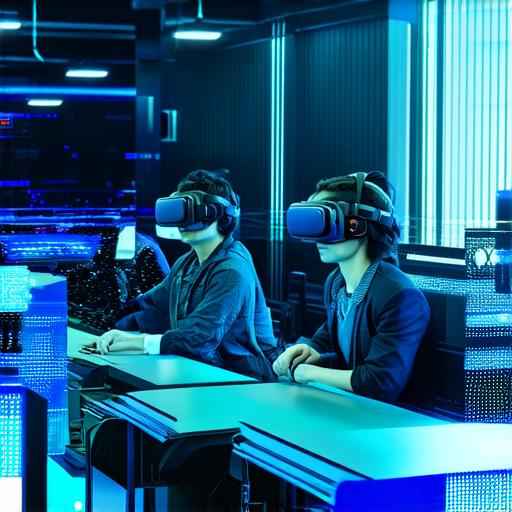
- Know Your Audience
It’s important to understand the age group and learning level of your target audience when designing VR educational experiences. This will help ensure that the content is appropriate and effective for their needs.
Keep It Interactive
Virtual reality is all about creating immersive and interactive learning experiences.
